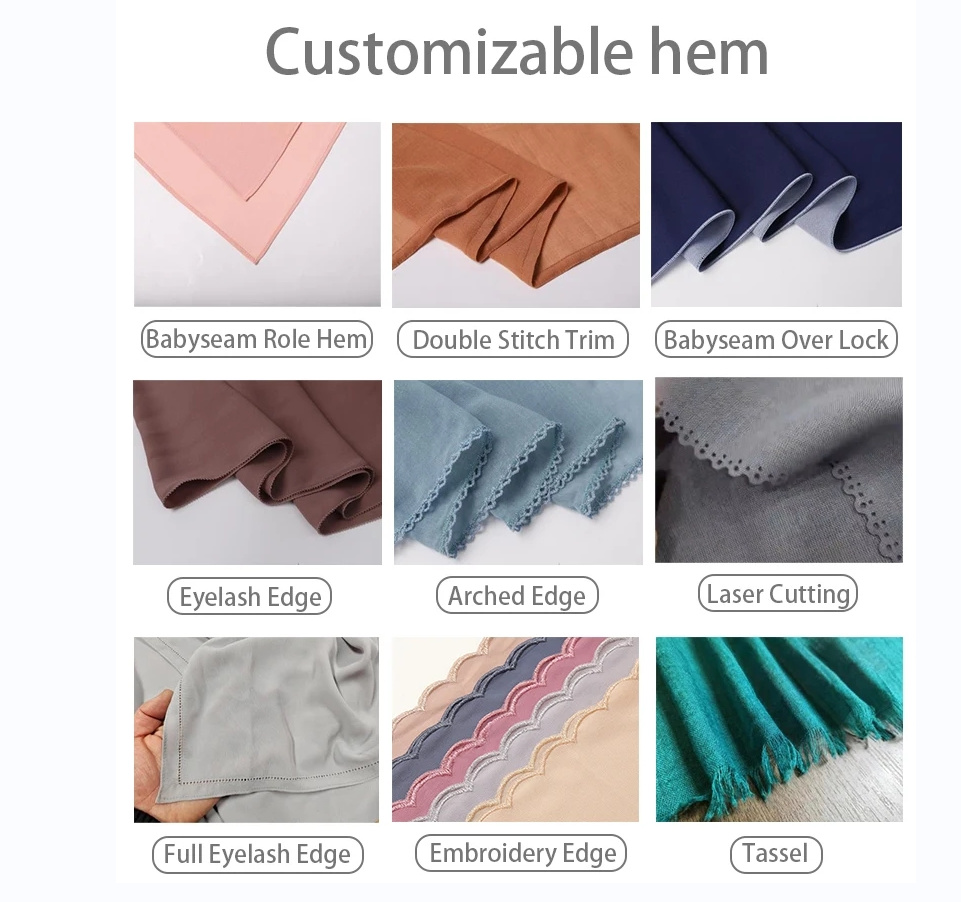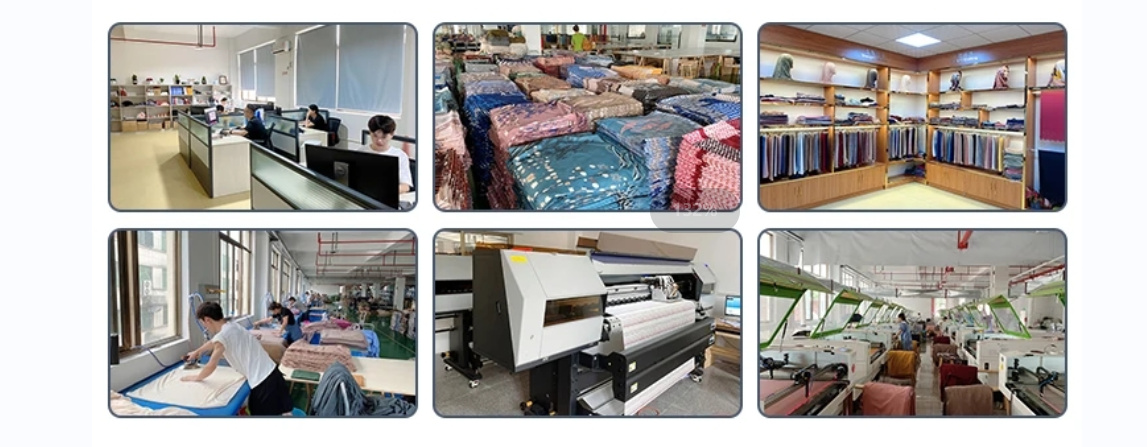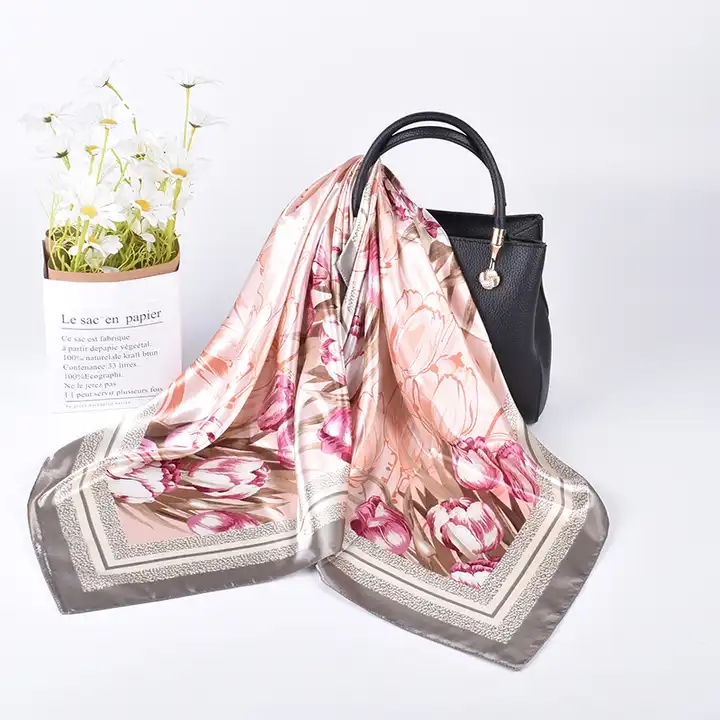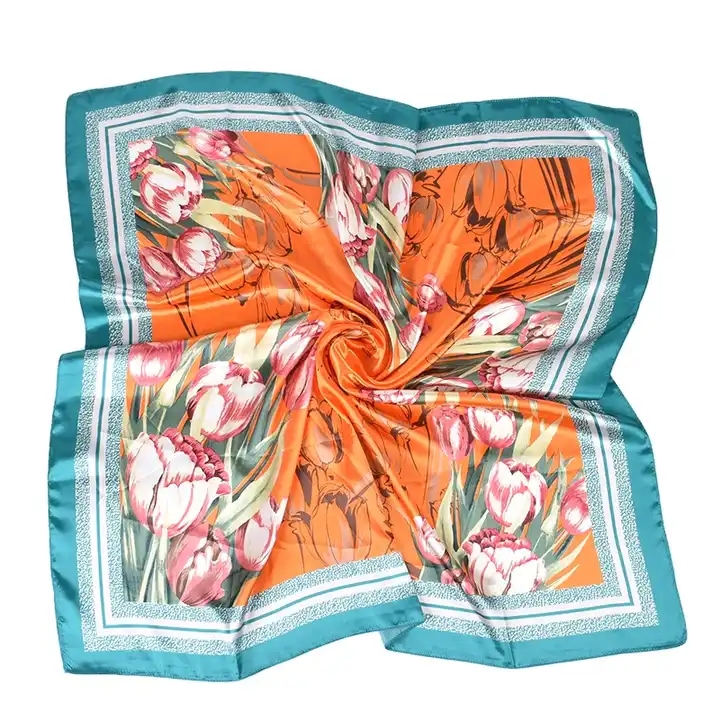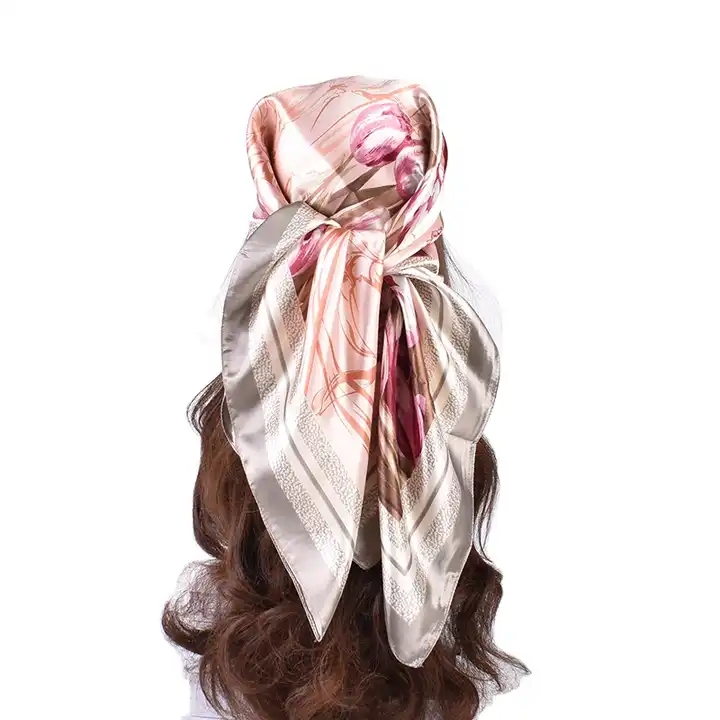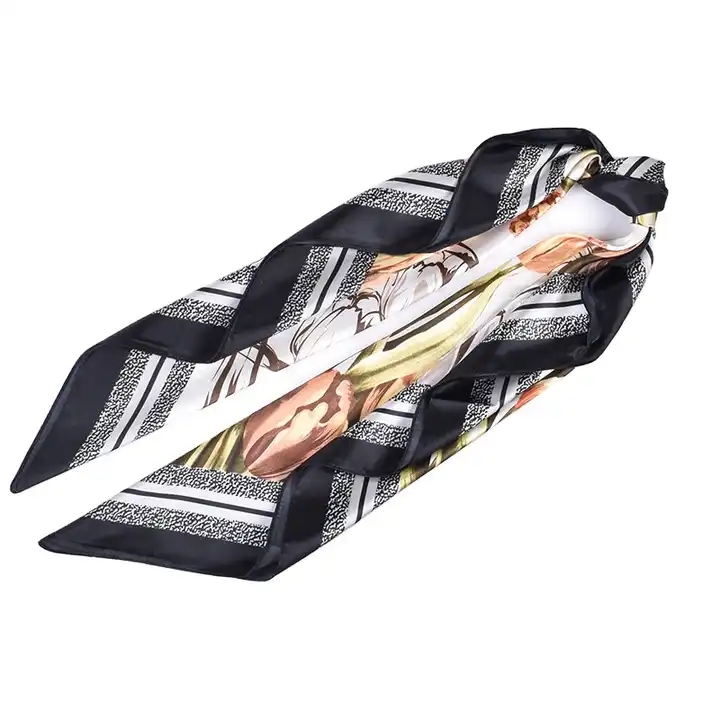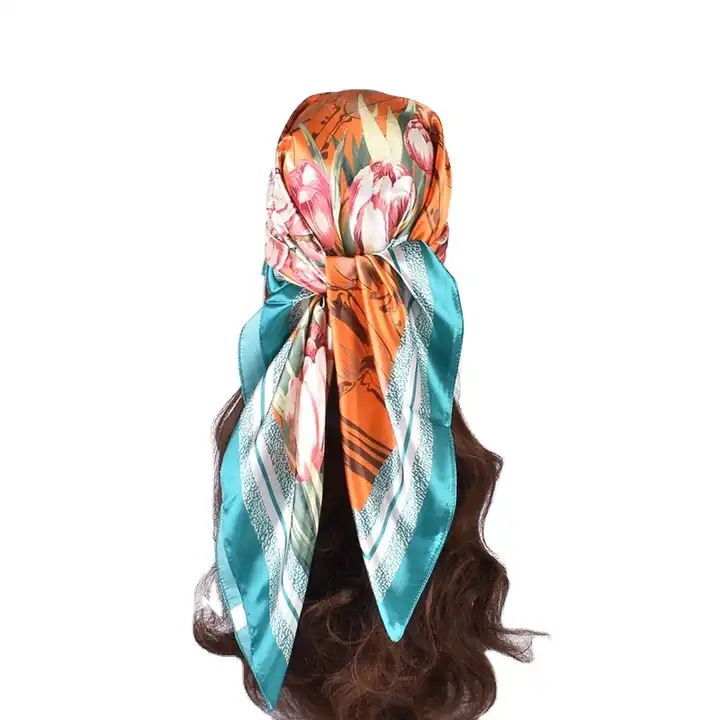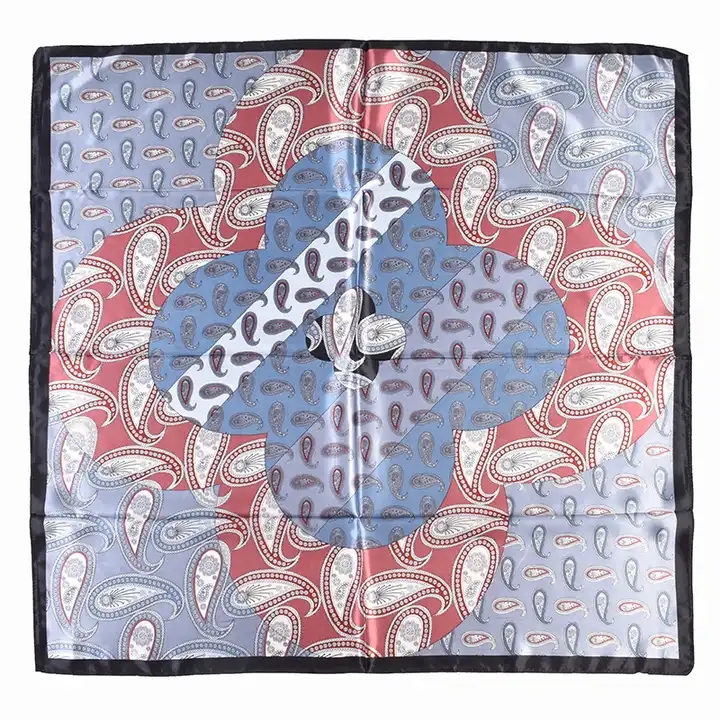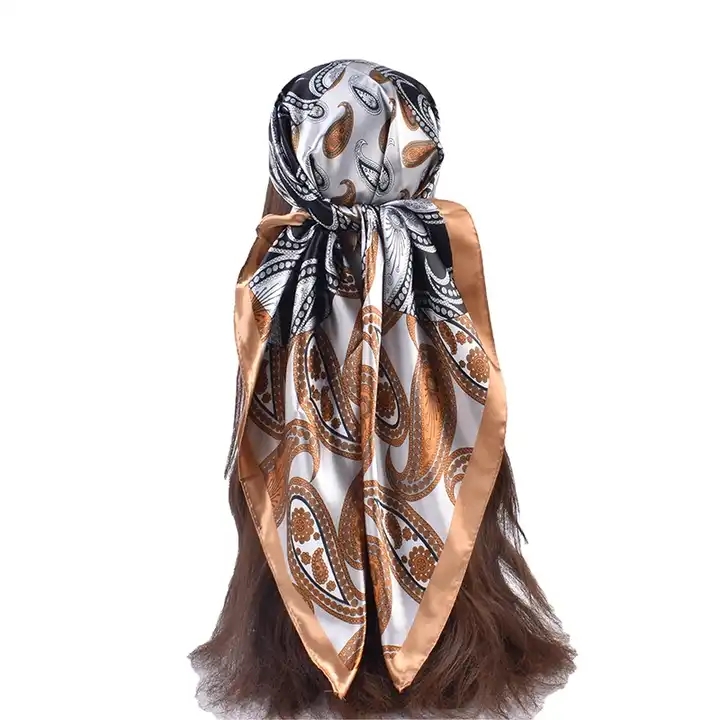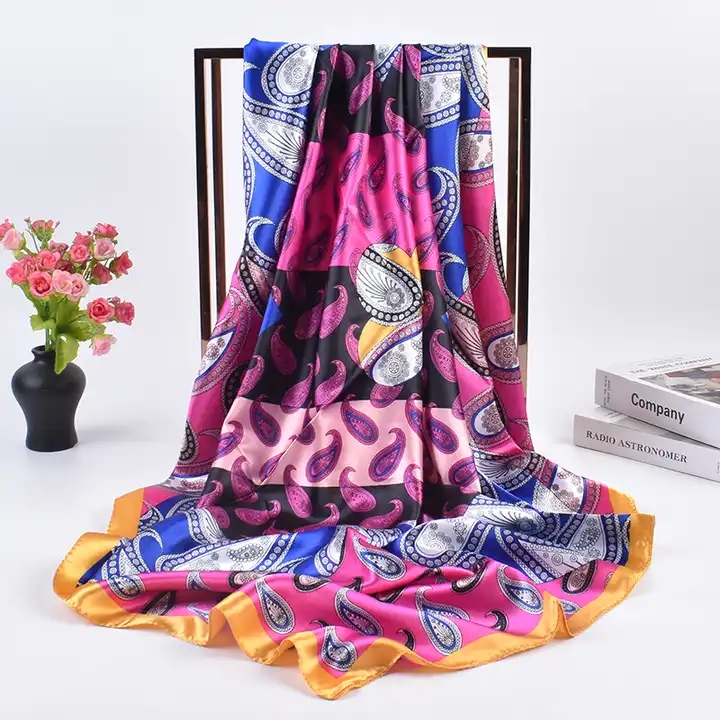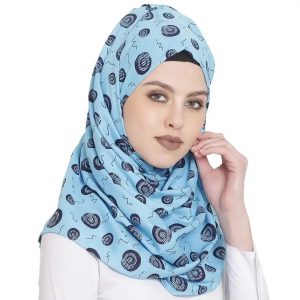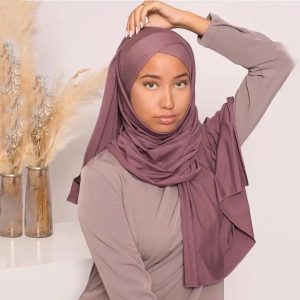The Timeless Elegance and Cultural Significance of Headscarves
A Cultural Emblem
Headscarves, transcending generations and cultures, stand as more than just a fashion statement. They symbolize a tapestry of heritage, tradition, and individual expression. From the graceful folds of the hijab to the intricate knots of the Indian saree pallu, headscarves embody diverse cultural identities.
Evolution in Fashion
These fabric marvels have gracefully transitioned through epochs, seamlessly integrating into the world of haute couture and everyday fashion. Renowned designers have reimagined them, infusing contemporary elements into classic designs, thereby retaining their timeless allure while embracing modernity.
Versatility Unveiled
The allure of headscarves lies in their versatility. Whether donned as a statement piece, a modest covering, or a protective shield against the elements, these accessories offer a myriad of styles and uses. They elegantly adapt to casual wear, formal occasions, and even as a canvas for artistic self-expression.
Choosing Your Signature
Selecting the perfect headscarf involves an exploration of fabrics, patterns, and tying techniques. The choice between luxurious silk, lightweight cotton, or artistic prints can reflect personal style while paying homage to cultural roots. Understanding the significance of each style aids in making a thoughtful selection.
Celebrating Diversity
In a world embracing diversity, headscarves signify more than just fabric; they represent unity in multiplicity. They bridge gaps, fostering an appreciation for various cultural practices and beliefs, inviting individuals to celebrate their unique identities while respecting others’.
Conclusion: A Tale Woven in Fabric
Headscarves narrate stories of heritage, resilience, and personal expression. They seamlessly blend tradition with modernity, providing a canvas for cultural celebration and individuality. Beyond being a piece of cloth, they are symbols of elegance, grace, and inclusivity.
